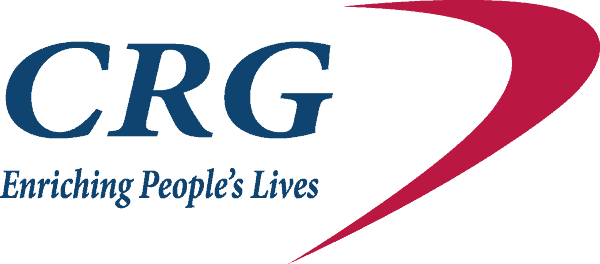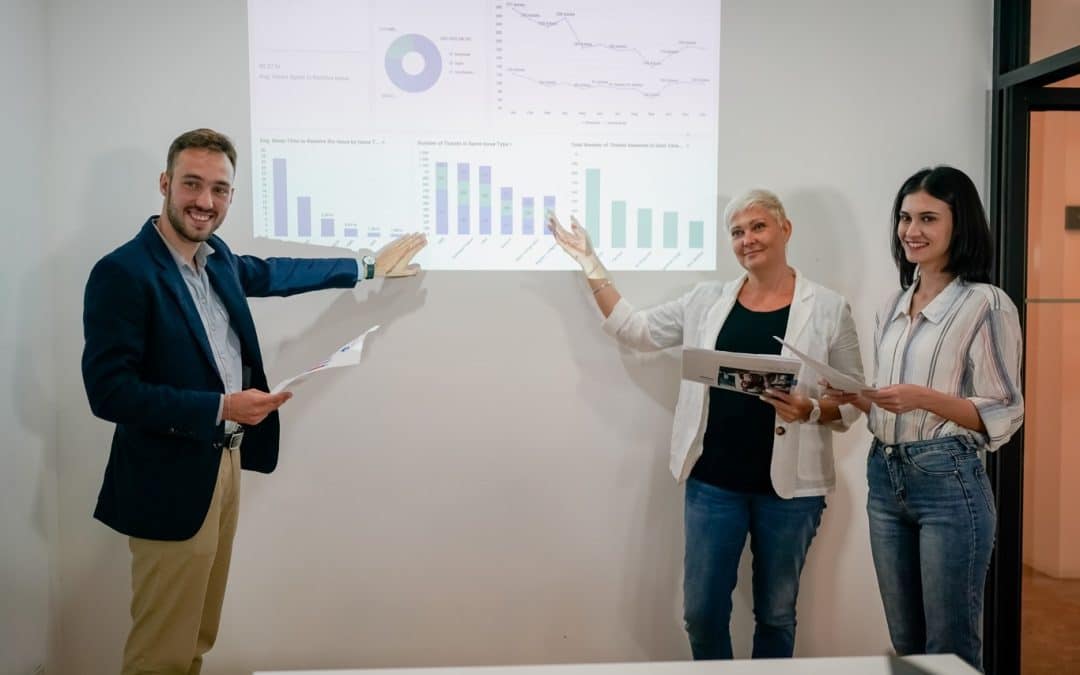If you’ve ever led a team, you’ve likely noticed that some days the energy is high, collaboration is seamless, and momentum is strong—while other times feel disjointed, tense, or uncertain. What’s happening?
Team dynamics don’t just happen randomly—they follow a predictable developmental path. Recognizing these stages gives transformational leaders the power to respond wisely and guide groups toward performance and cohesion.
Skill 55 – Recognition of Team and Organizational Development Stages
Definition
You are able to describe the steps by which a typical group progresses through its lifecycle. These stages are commonly documented by Bruce Tuckman’s work:
- Forming
- Storming
- Norming
- Performing
- Adjourning
Why This Skill Matters
- Teams are living systems. Just like individuals grow and evolve, so do groups.
- Misdiagnosing the stage can cause leadership breakdowns. Leaders who treat a “storming” group like a “performing” team miss critical trust-building moments.
- It provides a shared roadmap. When team members understand where they are in the journey, they can move forward together with clarity and purpose.
Breaking Down the Five Stages
To make this practical and accessible, let’s walk through each stage with leadership insights and strategies:
- Forming –“Who are we?”
What’s happening:
Team members are just getting to know each other. There is politeness, uncertainty, and a desire to figure out roles and rules.
Leadership focus:
- Provide clarity on goals and expectations.
- Create psychological safety.
- Introduce structure and purpose.
- Be present, visible, and encouraging.
Watch for:
Low risk-taking, people holding back, frequent questions.
- Storming –“This is harder than I thought.”
What’s happening:
Conflicts emerge. Power struggles, clashing personalities, and frustration surface. People may question the team’s direction or each other.
Leadership focus:
- Address conflicts constructively.
- Reaffirm goals and team values.
- Promote respectful dialogue.
- Model vulnerability and conflict resolution.
Watch for:
Tension, withdrawal, sarcasm, lack of trust, resistance.
- Norming –“We’ve got this.”
What’s happening:
Members begin to align. Shared norms, trust, and a sense of belonging start to emerge. Collaboration improves.
Leadership focus:
- Reinforce positive behaviors and shared ownership.
- Celebrate small wins.
- Encourage peer-to-peer support.
- Shift from directive to facilitative leadership.
Watch for:
Increased cohesion, openness, helpfulness, team-driven problem solving.
- Performing –“Let’s do this!”
What’s happening:
The team is operating at a high level of trust and autonomy. They’re aligned, motivated, and focused on results.
Leadership focus:
- Delegate ownership and decision-making.
- Remove roadblocks.
- Inspire continuous growth.
- Celebrate excellence and contribution.
Watch for:
Flow, synergy, accountability, innovation, strong results.
- Adjourning –“What’s next?”
What’s happening:
The team is disbanding—whether after a project or a long-term collaboration. Members may feel a mix of pride, sadness, or uncertainty.
Leadership focus:
- Honor achievements and closure.
- Facilitate reflection.
- Encourage gratitude and learning transfer.
- Support next steps.
Watch for:
Emotion, disengagement, finality, questions about future roles.
Practical Implementation
How to use this skill as a leader:
- Diagnose your team’s stage. Reflect on the patterns, communication, and behavior dynamics.
- Adapt your leadership accordingly. Each stage requires different leadership styles and interventions.
- Normalize the process. Teach your team about the stages so they recognize them and support one another.
- Integrate with assessments. Use CRG’s team assessments or team debrief tools to identify where the group stands.
Reflection Questions
- What stage is your current team in?
- What evidence supports that conclusion?
- What leadership shifts could help your team advance to the next stage?
- How could this framework guide you in launching a new team?
Leadership Summary Table:
|
This foundational skill equips leaders to read the emotional and functional temperature of any group and lead with wisdom and intention. Rather than reacting to team dynamics, you’re now equipped to anticipate, understand, and guide.
Next up: Skill 56 – Facilitating a group or organization through the five stages of development.
Until next time, Keep Leading On Purpose!
PS. The Transformational Leadership Course is your next step toward greater influence and fulfillment. Take advantage of our pre-launch promotional offer of a $500 discount on this course for a limited time offer. Secure your spot now before enrollment fills! 👉 Click here

